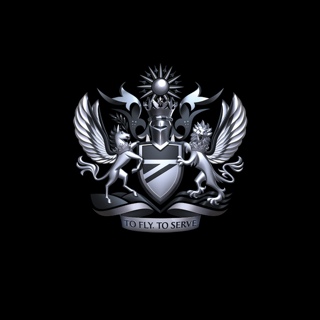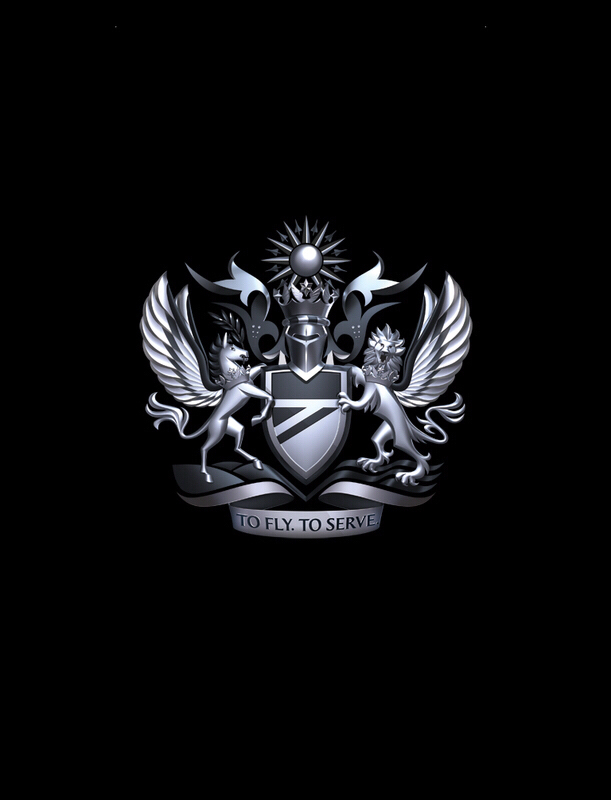Information
-
Audit Number
-
BAAE product audit
-
Workshop
- W461
- W462
- W465 RR
- W465 ATE
- W473
- W474
- W476
- W482
-
Conducted on
-
Auditor/s
- John Deeley
- Simon Arscott
- Philip Jones
- Catrin Dixon
-
Regulator/s
- EASA
- FAA
- TCCA
- Commercial
- Test Equipment
-
-
AUDITORS NOTE: The checklist comments must contain sufficient information so that anyone reading it will clearly understand why the question received a compliant or non-compliant answer.
The audit was carried out by observing elements of the task and interviews with individuals in the work area. -
Product rating
-
Part Description
-
Work order number
-
Authorisation category
145.A.10 Scope This section of the regulation is not applicable to a product audit.
145.A.15 Application This section of the regulation describes the process for applying for a new or extended approval and is not applicable to a product audit.
145.A.20 Terms of Approval
-
1. Is the product or process being audited included in the BAAE capability list?
-
2. Check the Work Package maintenance instructions are traceable back to the Customer Purchase Order /Customer Reference Manual and reflects the customer requirement i.e; Workscope, Modification/Service Bulletins etc.
145.A.25 Facility requirements
-
3. Is the work environment in compliance with the requirements detailed in the CMM (heat, humidity etc) and suitable for the planned work.
-
4. Are the relevant ESD protection in date and checked, eg: <br> Wrist strap in use and log up to date.<br> Bench checks up to date <br> Mat clean and undamaged.<br><br>
-
5. Is there adequate light to perform inspections?
-
6. Is the workshop adequately clean and tidy to prevent the ingress of dirt and moisture?
145.A.30 Personnel Requirements
-
7. Is there a member of staff accountable for the work area? <br>
-
a) Is the responsibility delegated appropriately as per the MOE?
-
b) Are all members of staff aware of their role, job function and any delegated responsibilities they may hold?
145.A.35 Certifying staff and support staff “Support staff”means those staff holding a Part-66 aircraft maintenance licence in category B1, B2 and/or B3 with the appropriate aircraft ratings, working in a base maintenance environment while not necessarily holding certification privileges.
-
8. Check the certifying staff is working within the scope of their maintenance authorisation verify staff awareness and access to on-line approval certificate.
-
9. Check that training records are available up to date and support the scope of the certifier’s authorisation. <br> Recency<br> Human factors<br> SFAR 88 where applicable.
-
10. Are any/all non certifying staff working on the job appropriately approved ?
-
11. Are any/all non certifying staff working on the job or in the work area receiving adequate supervision from certifying staff?
145.A.40 Equipment, tools and materials
-
12. Ensure that tooling, fixtures and test equipment specified in the approved data are available, identified, controlled in the SAP system and where applicable the equipment displays a current calibration label. <br>
-
a) Are all tools and test equipment adequately stored, marked and available?
-
13. Check processes are in place for the approval of any alternate tooling being used in lieu of OEM specified tooling.
145.A.42 Acceptance of components
-
14. Check part numbers of the parts replaced or software revisions align with the affectivity of the applicable approved data.
-
15. Sample parts that are replaced and do traceability check to the originating Authorised Release Certificate or CofC (Standard parts).
-
16. Check new parts and products packaging/storage requirements are being complied with, including any special storage requirements and shelf life control. Pay particular attention to any on shop spares and consumable materials.
145.A.45 Maintenance data
-
17. Is all approved data (CMM, SPM, SB, etc) available and current for the product or process being audited? Record CMM Chapter, Revision and Date.
-
18. Sample conformance with maintenance instructions i.e; Cleaning, Disassembly, Testing, Repairs Software revisions, Inspection criteria, NDT method/standard etc.
-
19. Is a preliminary inspection and pretest carried out in accordance with the approved data and BAAE work instructions?
-
20. Has final test been accomplished in accordance with the approved maintenance data.
-
21. Is the part subject to any AMI tasks ?
-
Are the tasks understood by the technicians carrying out the maintenance task?
-
Are the tasks appropriately closed on the SAP system when the work is completed.
-
22. Are any warnings or cautions in the CMM adhered to?
145.A.47 Production planning
-
23. Is there sufficient time and resources allocated to the safe completion of the required tasks?
145.A.50 Certification of maintenance
-
24. Is the Authorised Release Certificate completed correctly and in accordance with the customers certification requirements.
145.A.55 Maintenance records
-
25. Check all the Parts, Materials and Consumable Products used during maintenance have been recorded in the Job Card (eg P/No, S/No, location fitted and Batch no)
-
26. Are the text and stamp impressions on the job card sufficiently legible to allow archiving by scanning?
-
Check completed stages of maintenance are supported with progressive certification on the Job Card documentation including; NDT Reports, Parts used and Modifications etc.
-
Is any additional paperwork attached to the work pack and adequately controlled?
-
27. If Modifications have been implemented, have they been approved by the customer and have they been recorded on the Form 1 and in SAP.
145.A.60 Occurrence reporting
-
28. Is the unit subject to an investigation (ASR, GOR, Rogue etc)?<br>
-
29. Is the technician aware of the status of the unit and how next to proceed?
-
30. Check the awareness of the defect reporting system (QIR TSR MER). (EASA 2.18, FAA 2.17 & 3.19)
145.A.65 Safety and quality policy, maintenance procedures and quality system.
-
31. Have any removed or unserviceable parts been disposed of in accordance with BAAE procedures?
-
32. Are staff able to access relevant procedures
-
33. Has the history of the unit been checked and any previous information taken into account in this repair?
-
34.Inspect any serviceable parts removed to ensure they are correctly stored and blanked to prevent damage and deterioration.
-
35. Is the Component correctly packaged and labelled for transport/storage as per the CMM and dangerous goods requirements.
145.A.70 Maintenance organisation exposition
-
36. Is the technician aware of the MOE and where it can be located?
-
37. Are any specific Health and Safety risks mitigated using appropriate control measures?
-
Are these risks covered by 'top risks' or a task specific risk assessment?
-
38. Is any necessary PPE in use?
-
Check Sypol for any hazard/measures info required.
145.A.75 Privileges of the organisation
-
39. Have any parts been repaired using either approved or in-approved subcontractors and have the relevant documents been supplied to the technician to allow them to determine if the part is eligible for fitment to the unit?
145.A.80 Limitations on the organisation
-
40. If it has not been possible to complete the work due to a temporary capability issue (spares, tooling, test equipment, maintenance data etc) have the appropriate actions been taken to place the part in repair delay or, for more serious cases, suspend capability or outtake?
145.A.85 Changes to the organisation
-
41. Does the MOE accurately describe the facility being used and have any recent changes been reported to quality for inclusion in the MOE as required?
145.A.90 Continued validity This section of the regulation states how an approval remains valid, or may be surrendered or revoked. There is no applicability to a product audit.
145.A.95 Findings (a) A level 1 finding is any significant non-compliance with Part-145 requirements which lowers the safety standard and hazards seriously the flight safety. (b) A level 2 finding is any non-compliance with the Part-145 requirements which could lower the safety standard and possibly hazard the flight safety. (c) An observation is: a) any discrepancy which does not constitute a level 1 or level 2 finding, but could lead to a lowering of standards. Or b) a level 1 or level 2 finding which was addressed fully during the audit itself and requires no further action. Multiple observations for similar issues can lead to a finding to address the core issue.
Housekeeping standards
-
42. Are general housekeeping standards being maintained?
-
Tools and equipment stored in designated areas?
-
Spares segregated and controlled?
-
Chemicals stored in flammable cupboard and correctly controlled?
-
Are floor areas unobstructed?
-
Is the work area appropriately clean?
-
Is access to controlled areas appropriately controlled?
-
43. Audit summary
-
Signature of Workshop Manager/Supervisor
-
Signature of auditor(s)
-
Quality & Safety 145 Product Audit Checklist (Rev 1/June 14)









